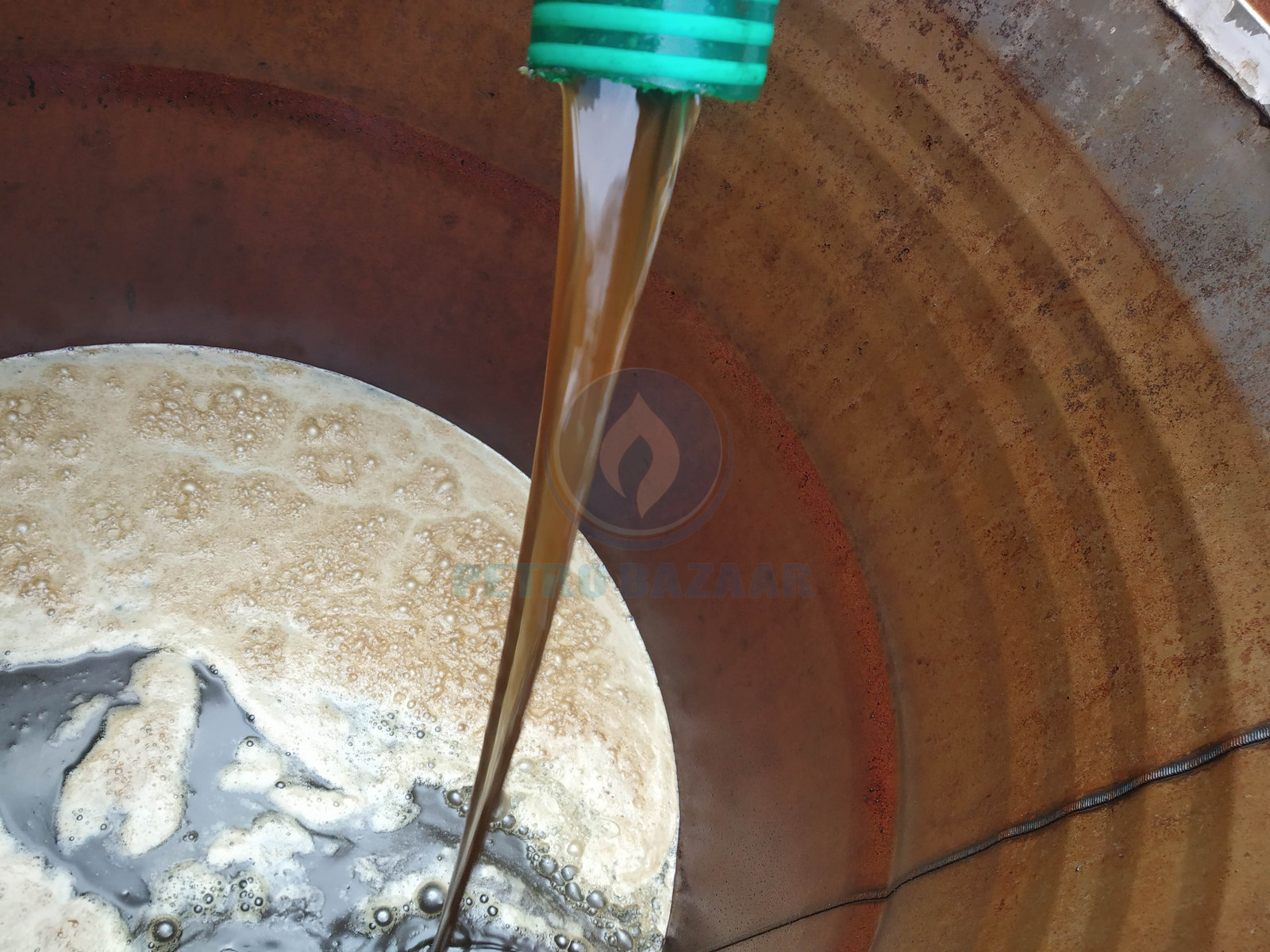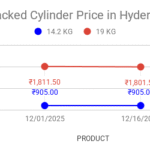what is plastic pyrolysis oil?
plastic oil is the oil extracted from conversion of carpets/waste Plastics into oil by heating at high temperature in the absence of oxygen. Special Catalyst converts all kind of plastics into hydrocarbons. Plastics such as Carpets, sticker labels, Adhesive tapes, Thermocole, Multilayer sachets, contaminated woven sacks are non- recyclable and the only BEST way of disposing these mixed /contaminated /composite plastics is by recovering Energy from them using Incineration or gasification or Pyrolysis.
what plastic can be converted?
No toxic emissions from the process. Carpets/Mixed Plastics with moisture (which cannot be recycled and otherwise goes to landfill) can be converted. Plastic waste segregated from Municipal waste, Thermocole, FRP articles, multilayer packaging film, stickers, adhesive tapes, contaminated bags, etc can be processed.
Fuel Oil extraction from Waste Plastics
This process involves Pyrolysis technology – the thermal degradation of a substance into smaller, less complex molecules in the absence of oxygen. Pyrolysis is an endothermic reaction and requires input of energy, which is applied indirectly through the walls of the reactor in which the waste material is placed for treatment.
Plastic waste is treated in a cylindrical chamber at high temperatures. The polymer is gently cracked by adding Catalyst and the pyrolysis gases are condensed in a series of condensers to give a low Sulphur content distillate. A distinct advantage of plastic pyrolysis into fuels as a means of recycling is its ability to handle mixed and unwashed plastics.
Pyrolysis recycling of Carpets/mixed plastics thus has great potential for heterogeneous plastic waste that cannot be economically separated. The pyrolysis of Carpets/waste plastics into liquid fuels allows the recycling of waste Carpets/mixed plastics that cannot be efficiently recycled by alternative means and can do so without costly sorting and separation.
Pyrolysis also enables recycling of plastic laminates, co-extrusions and multilayer packaging films, particularly those with aluminum foil layers or metallized polymers that are difficult to recycle using traditional reprocessing technologies such as Mechanical recycling.
PLASTIC PYROLYSIS OIL SPECIFICATION
| S.NO | CHARACTERISTIC | TEST METHOD | UNITS | TEST RESULTS |
| 1. | Kinematic Viscosity at 50°C | IS : 1448 P : 25 | cSt | 5.6 |
| 2. | Specific Gravity at 15°C | IS : 1448 P : 32 | — | 0.87 |
| 3. | Water Content and Volatile matter at 105°C | IS : 1448 P : 40 | % | 3.35 |
| 4. | Density at 15°C | IS : 1448 P : 32 | g/cc | 0.88 |
| 5. | Inorganic Acidity | IS : 1448 P : 113 | mg KOH/g | 0.08 |
| 6. | Sulphur Content | IS : 1448 P : 33 | % | 1.98 |
| 7. | Flash Point | IS : 1448 P : 21 | °C | 98 |
| 8. | Initial Boiling Point | IS : 1448 P : 18 | °C | 181 |
| 9. | Final Boiling Point | IS : 1448 P : 18 | °C | 324 |
| 10. | Pour point | IS : 1448 P : 10 | °C | +8 |
| 11. | Lead as Pb | IS : 1448 P : 79 | mg/kg | 0.09 |
| 12. | Organic Chloride | IS : 1448 P : 50 | mg/kg | 0.24 |
| 13. | Copper Strip Corrsion | IS : 1448 P : 15 | — | 1B |
| 14. | Gross Calorific Value | IS : 1448 P : 06 | K.cal/kg | 9862 |
| 15. | Color | Black |
| Test | Method/Technique | Results | Unit of Measure |
| Density @ 15°C | ASTM D 4052 – 22 | 759.4 | kg/m³ |
| Water Content | ASTM D 95 – 23 | < 0.05 | % vol. |
| Sulphur (S) | ASTM D 4294 – 21 | 0.05 | % wt. |
| 500 | ppm | ||
| 500 | mg/kg | ||
| Pour Point | ASTM D 97 – 17b (2022) | Below minus 30 | °C |
| Gross Calorific Value | ASTM D 4809 – 18 | 10171 | kcal/kg |
| Conradson Carbon Residue | ASTM D 189 – 24 | < 0.01 | % wt. |
NOTE: Detection Limit for Water = 0.05 % vol.






